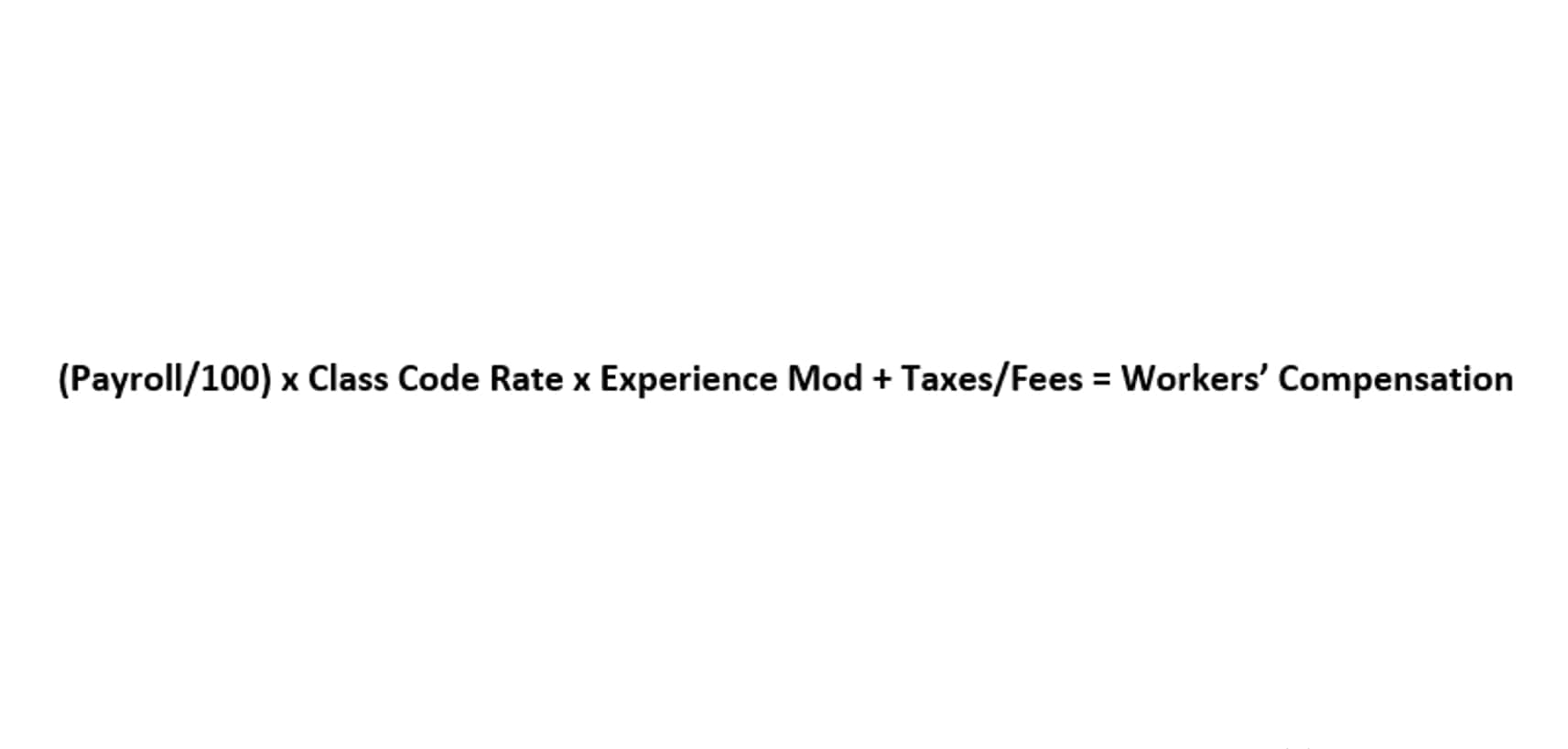
The process of calculating a company’s retained earnings in the current period initially starts with determining the prior period’s retained earnings balance (i.e., the beginning of the period). The dotted red box in the shareholders’ statement of retained earnings example equity section on the balance sheet is where the retained earnings line item is recorded. The retained earnings statement outlines any of the changes in retained earnings from one accounting period to the next.
Shareholder Equity Impact
We’ll explain everything you need to know about retained earnings, including how to create retained earnings statements quickly and easily with accounting software. Retained are part of your total assets, though—so you’ll include them alongside your other liabilities if you use the equation above. Let’s say that in March, business continues roaring along, and you make another $10,000 in profit. Since you’re thinking of keeping that money for reinvestment in the business, you forego a cash dividend and decide to issue a 5% stock dividend instead. Sometimes when a company wants to reward its shareholders with a dividend without giving away any cash, it issues what’s called a stock dividend.
Open with the balance from the previous year
Retained earnings refer to a company’s net earnings after they pay dividends. The word “retained” means that the company didn’t pay the earnings to its shareholders as dividends. Retained earnings represent a company’s total earnings after it accounts for dividends.
What Is the Difference Between Retained Earnings and Net Income?
Yes, retained earnings carry over to the next year if they have not been used up by the company from paying down debt or investing back in the company. Beginning retained earnings are then included on the balance sheet for the following year. Retained earnings are usually considered a type of equity as seen by their inclusion in the shareholder’s equity section of the balance sheet. Though retained earnings are not an asset, they can be used to purchase assets in order to help a company grow its business. Additional paid-in capital is included in shareholder equity and can arise from issuing either preferred stock or common stock. The amount of additional paid-in capital is determined solely by the number of shares a company sells.
- A statement of retained earnings details the changes in a company’s retained earnings balance over a specific period, usually a year.
- Alternatively, a large distribution of dividends that exceed the retained earnings balance can cause it to go negative.
- However, note that the above calculation is indicative of the value created with respect to the use of retained earnings only, and it does not indicate the overall value created by the company.
- If a company has no strong growth opportunities, investors would likely prefer to receive a dividend.
- This gives you the amount of profits that have been reinvested back into the business.
- Appropriated retained earnings are those set aside for specific purposes, such as funding capital expenditures or paying off debt.
A statement of retained earnings details the changes in a company’s retained earnings balance over a specific period, usually a year. First, you have to figure out the fair market value (FMV) of the shares you’re distributing. Companies will also usually issue a percentage of all their stock as a dividend (i.e. a 5% stock dividend means you’re giving away 5% of the company’s equity). You can also move the money to cash flow to pay for some form of extra growth.
Do you own a business?
Retained earnings refer to the portion of a company’s profits that are reinvested back into the business, rather than being distributed to shareholders. Over time, retained earnings can have a significant impact on a company’s growth and profitability. It reconciles the beginning balance of net income or loss for the period, subtracts dividends paid to shareholders and provides the ending balance of retained earnings. Retained earnings are a clearer indicator of financial health than a company’s profits because you can have a positive net income but once dividends are paid out, you have a negative cash flow. Most financial statements have an entire section for calculating retained earnings.
- Revenue, net profit, and retained earnings are terms frequently used on a company’s balance sheet, but it’s important to understand their differences.
- Knowing how that value has changed helps shareholders understand the value of their investment.
- Thus, stock dividends lead to the transfer of the amount from the retained earnings account to the common stock account.
- So, each time your business makes a net profit, the retained earnings of your business increase.
- Dividends paid are the cash and stock dividends paid to the stockholders of your company during an accounting period.
- Though retained earnings are not an asset, they can be used to purchase assets in order to help a company grow its business.

Retained Earnings on the balance sheet measures the accumulated profits kept by a company to date since inception, rather than issued as dividends. However, even small businesses can benefit from creating a statement of retained earnings, particularly if you’re looking to expand or attract investors, or if you’re thinking about applying for a business loan. Before we talk about a statement of retained earnings, let’s first go over exactly what retained earnings are. Retained earnings are a portion of the net profit your business generates that are retained for future use. As a result, any factors that affect net income, causing an increase or a decrease, will also ultimately affect RE.

State the Retained Earnings Balance From the Prior Year
- These earnings are considered “retained” because they have not been distributed to shareholders as dividends but have instead been kept by the company for future use.
- Cash payment of dividends leads to cash outflow and is recorded in the books and accounts as net reductions.
- Also, this outflow of cash would lead to a reduction in the retained earnings of the company as dividends are paid out of retained earnings.
- Both the beginning and ending retained earnings would be visible on the company’s balance sheet.
- Revenue is the total amount of income generated by the sale of goods or services related to the company’s primary operations.
- A company’s management team always makes careful and judicious decisions when it comes to dividends and retained earnings.
- The statement of retained earnings can be created as a standalone document or be appended to another financial statement, such as the balance sheet or income statement.
The other is an action on the part of the board of directors to increase paid-in capital by reducing RE. The act of appropriation does not increase the cash available for the acquisition and is, therefore, unnecessary. It may be done, however, if management believes that it will help the stockholders accept the non-payment of dividends.
Both cash dividends and stock dividends result in a decrease in retained earnings. The effect of cash and stock dividends on the retained earnings has been explained in the sections below. Net Profit or Net Loss in the retained earnings formula is the net profit or loss of the current accounting period. For instance, in the case of the yearly income statement and balance sheet, the net profit as calculated for the current accounting period would increase the balance of retained earnings. Similarly, in case your company incurs a net loss in the current accounting period, it would reduce the balance of retained earnings.
Example of Retained Earnings Calculation
The statement of retained earnings is also important for business management as it allows the firm to determine its retention ratio. For example, if 60% of net income is paid out as dividends, that means 40% of net income is retained. Retained earnings appear under the shareholder’s equity section on the liability side of the balance sheet. Retained earnings are the residual net profits after distributing dividends to the stockholders. Thus, at 100,000 shares, the market value per share was $20 ($2Million/100,000). However, after the stock dividend, the market value per share reduces to $18.18 ($2Million/110,000).